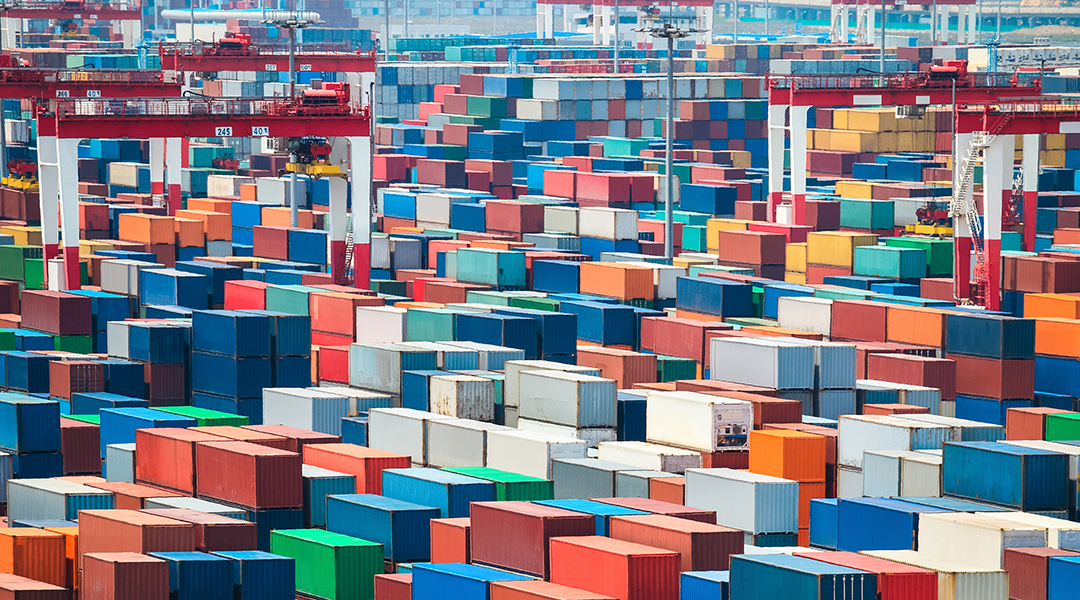Image credit: Shutterstock
The carbon-intensive global marine transportation sector contributes about 2.86% of greenhouse gas emissions. Thinking about the challenges of decarbonizing the oceanic shipping industry, I must confess I was excited and delighted to discover the announcement by a Swedish ship-building company of a wind-powered vessel designed to carry cars across the Atlantic with a reduction of carbon emissions of 90% relative to a traditional car carrying vessel.
The reason why this kind of wind powered shipping is 90% rather than 100% eco-friendly is because engine power is required for entering, manoeuvring, and exiting ports, and dealing with wind intermittency and emergencies. Perhaps it is possible that these engines may one day be powered by batteries or fuel cells.
Nevertheless, this 90% emissions reduction will more than likely satisfy the mandate of the International Maritime Organization, the UN body that regulates global shipping, with the aim to reduce the carbon intensity of their fleets to 50% by 2050.
The most prominent and unmistakable features of the proposed wind-powered sailing-vessels are the five, 260 foot, telescopic, and rotatable sails. The vessel is 650 feet in length, weighs 35,000 tons, and can carry 7000 cars at about 10 knots compared to 17 knots of conventional car carrying ships.
While this slows down the delivery of its transatlantic cargo from about 7 to 12 days, stakeholders in the shipping industry are having to balance the trade-off between the need for speed required by their customer supply chain and climate responsibility.
This all makes me think about the Vikings and the great maritime history of Scandinavians. While wind-powered ocean-going vessels seem a little like a “back to the future” scenario, it is actually a paradigm shift and an exciting and significant step forward for the shipping industry with some wind in their sails in the quest for sustainability.
A full-scale version of Oceanbird is targeted for 2024.

















